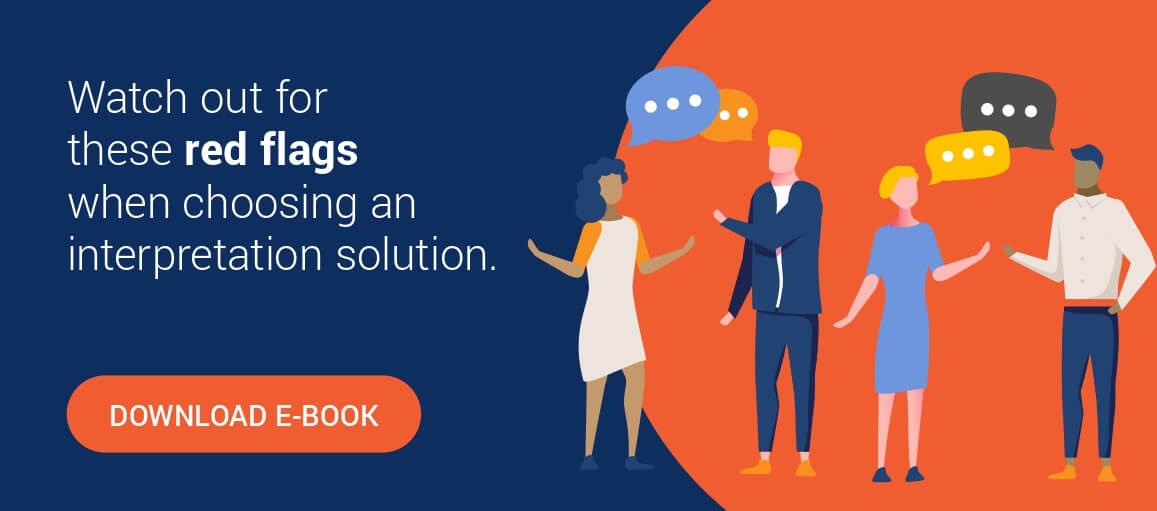Effective communication is a vital part of many aspects of modern life. When a patient's health and well-being—and maybe even survival—is on the line, effective communication can be the key to a successful recovery. Nurses, doctors, and other members of a healthcare provider team must figure out how to effectively communicate with patients who are unable to speak clearly if they are to provide effective care. Many treatment providers rely on verbal communication in healthcare settings to adequately inform their patients, obtain consent for procedures, and discuss their treatment plans. But what happens if a patient is too sick to communicate, doesn't speak a common language with their care team, or otherwise cannot engage in verbal communication with their healthcare team? This situation highlights the importance of non-verbal communication in healthcare, nursing, and other medical settings.
What is Non-Verbal Communication
Non-verbal communication is a general term for all the ways in which a person communicates, either intentionally or unintentionally, without using words. It can include gestures, body language, facial expressions, tone of voice, eye contact (or lack thereof), eye movement, restlessness, posture, rigid limbs, and verbalizations that are not language (like moans or screams). Some non-verbal communication is intentional: when a patient intends to convey a desire, feeling, or other issues with their care team. Other non-verbal communication is subconscious, but it can reflect a patient's emotions or indicate distress.
A patient's care team, including nurses, doctors, and assistants, should watch for instinctive, involuntary non-verbal cues like twitches and rigidity that may indicate pain or discomfort. They should also note movements that seem intended to communicate if a patient cannot speak, such as eye blinking, finger tapping, and other actions. It can be difficult to assess pain in non-verbal patients, but non-verbal patients often attempt to convey their distress through repeated motions or gestures.
How Do You Communicate with Non-Verbal Clients?
Some patients fall into the non-verbal category because they are deaf. Many deaf individuals can communicate using sign language. Although there are different sign languages worldwide, American Sign Language (ASL) is the most common in the United States. A translator who is fluent in ASL can overcome the communication barrier with an ASL-fluent patient.
Other patients are non-verbal because of the severity of their injuries, the critical status of their disease, or because they are elderly. These groups of patients who are not deaf but cannot communicate verbally require additional resources because they are not used to communicating non-verbally. A care team can use various tactics to reduce the amount of verbalization necessary for effective communication. These include asking yes or no questions, to which a patient can respond by shaking or nodding their head or implementing an agreed-upon signal (e.g., "Are you having pain? Tap once for yes, twice for no" or "Raise your hand when you feel pain"), rather than open-ended questions like "tell me where you are having pain." Care providers can also help patients use a notepad or whiteboard to draw pictures or write out questions/answers. Even gestures as simple as squeezing a patient's hand can be effective tools for communicating with non-verbal patients.
Other examples of non-verbal communication are gestures, movements, twitches, eye movements, and other "instinctive" responses that occur when a patient feels pain, surprise, shock, or discomfort. Care teams should observe a patient's non-verbal behavior carefully and learn to interpret what it communicates about the patient's state of mind, experience of pain or distress, or other health care issue. Patients often communicate, unintentionally, using non-verbal signals. Experienced health care professionals understand the importance of non-verbal communication in nursing care and patient recovery. Keep detailed notes of patients’ movements and other actions that may be attempts to communicate.
Non-Verbal Clients with a Language Barrier
A language barrier can significantly impact a patient’s comprehension of their medical condition, treatment plan, discharge instructions, medication compliance, advised preparation for tests and procedures, and informed consent. For clients who have limited verbalization abilities combined with a language barrier, getting effective healthcare treatment can be extremely challenging. Techniques such as using a whiteboard or notepad to write down questions and answers aren't enough when a patient and a care provider don't speak the same language. Reliable, easy-to-use healthcare interpretation and translation services can make a huge difference and result in all patients getting the care and outcomes they deserve.
Nevertheless, non-verbal communication can significantly aid treatment providers, nursing staff, and other medical professionals in connecting with patients who are struggling to overcome illness and recover from injury. Paying attention to non-verbal cues can help medical providers make patients feel more comfortable, understand the nature of their injuries or complaints, and develop a relationship of trust that encourages a speedy and complete recovery. Effective communication significantly improves patient outcomes and safety.



